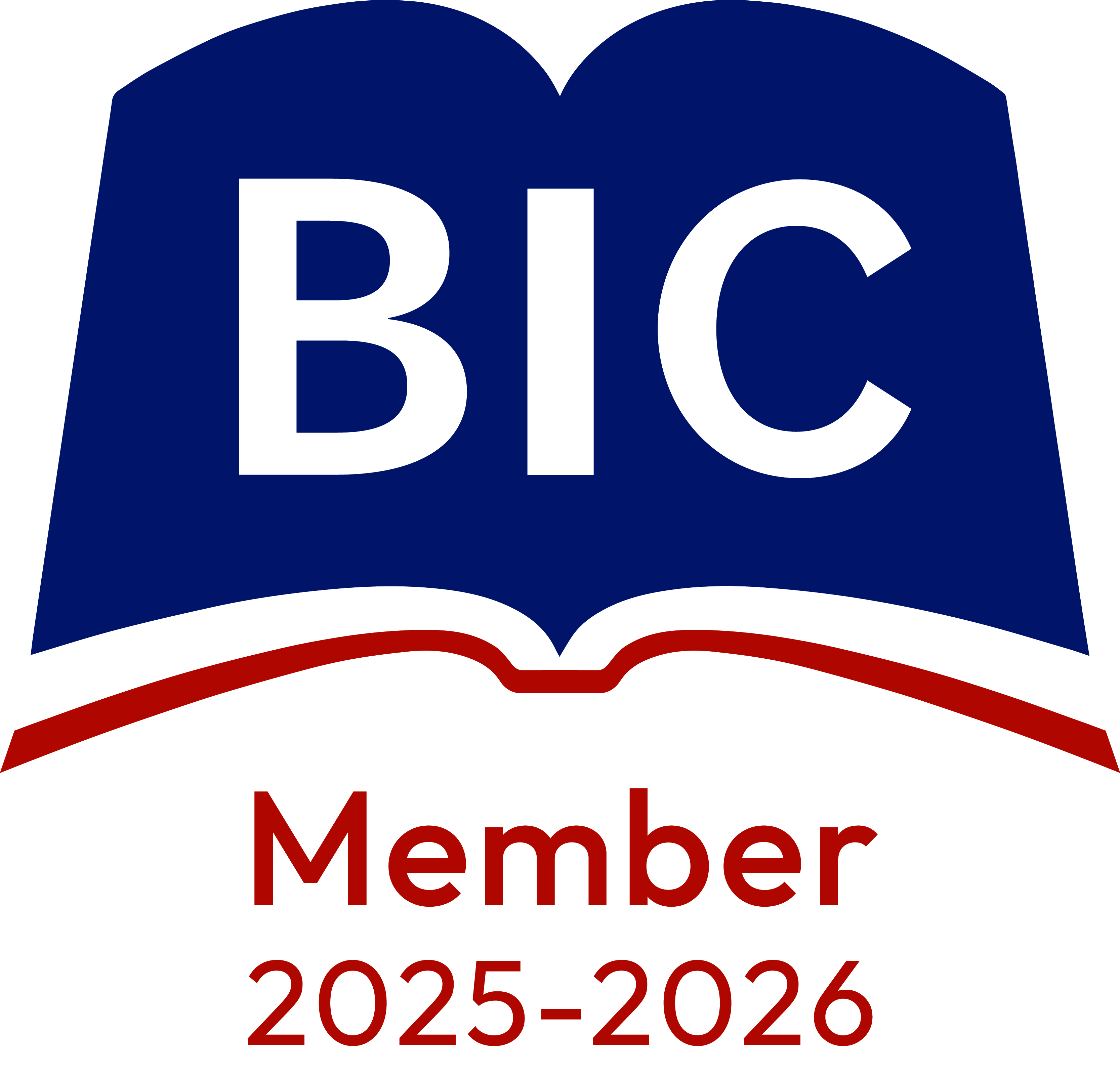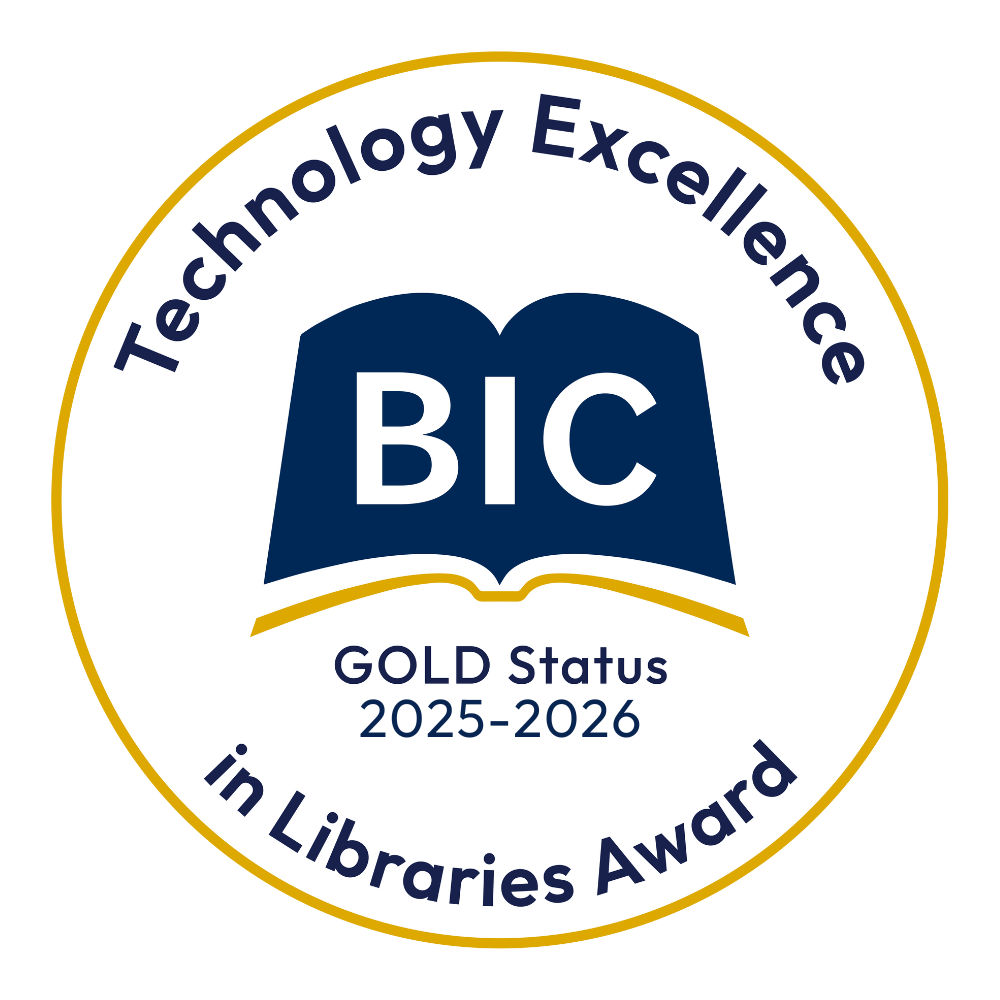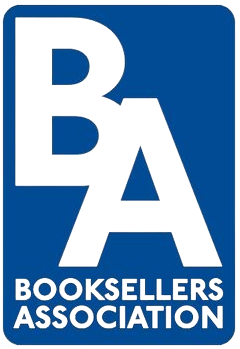Please note: We will continue to deliver your books and furniture until Thursday 18 December for schools, and Tuesday 23 December for public libraries. We will then close for the Christmas break, with deliveries resuming from Monday 5 January 2026. We wish all of our customers a very merry Christmas and a Happy New Year!
For help, advice and telephone ordering call our team on 0121 666 6646
Are you sure you wish to delete this basket?()
This action cannot be undone.
Sorry, something went wrong
Please report the problem here.
Q&A with Jamila Gavin
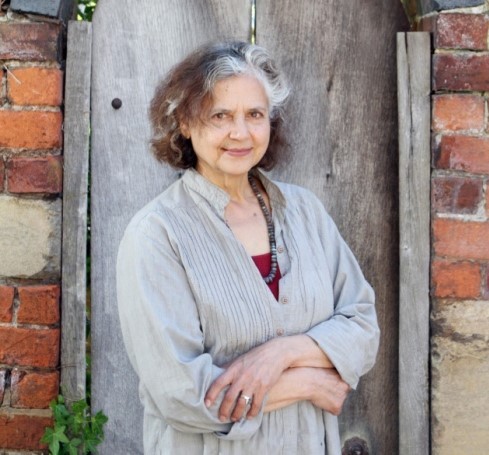
July 22nd 2021
Q: What drew you to tell the story of a child with severe and complex disabilities, and how did you approach it?
A: Writing about Sophie in my story for Pop Up’s 10 Stories to Make a Difference, In Her Element, was a real joy, because Sophie has been on my mind for years. She was the main character in my book, The Wormholers, published in 1996 and I always felt there was more to write about her. In the novel, Sophie goes down a wormhole, and finds herself in another universe, in an environment for which she feels she has been perfectly designed. It’s a sea world where her body moves perfectly, and she can communicate with the whales. In The Wormholers, Sophie’s dilemma is whether to stay in this other dimension where everything worked for her body, or return home to her family; to the people she loves and who love her, but where she can never have the same independence.
I have always felt everyone has to find a place in the world where they feel most at home and can communicate who they are. Communication is the driving force in all of us. Sometimes it is complex. Professor Stephen Hawking was writing about black holes and parallel universes at the time I was writing The Wormholers, which I found incredibly inspiring. Before that, I had loved the story of Helen Keller, the child who lost her sight and hearing through illness, and was almost doomed to be mute, till she encountered her extraordinary teacher, Anne Sullivan, and her true intelligence was released. I was also inspired by the story of Joey, a nonverbal quadriplegic man who was confined to hospital, and whose life changed when a fellow patient noticed he could communicate by blinking.
After I had written The Wormholers, I met Ian: a nonverbal quadriplegic. He was about six years old at the time, and despite all his disabilities, he was a hugely intelligent boy with a great sense of fun and a delight in his world. My first words to him were, “I’ve just written a book about you!” He laughed and laughed. I stayed friends with Ian and his mother and I have so much to thank them for as I tried, over the years, to write more about my character Sophie. In that time I saw, through Ian, how technology was changing all the time and was freeing him. With his mother’s dedication and tenacity, he began to become a highly motivated young man, going on to university and leading an independent life. It kept my interest alive. When early last year, Dylan Calder of Pop Up asked me, and nine other writers, to write a short story about “difference” to celebrate 10 years of Pop Up, Sophie instantly came alive. It was as though I had been released to write this story.
Q: What does the concept of ‘elements’ in the title mean to you? How would you like your readers to engage with it?
A: As with all writers, ideas and concepts and tiny triggers of inspiration swim into one’s brain and things happen. Socrates identified the Four Elements as earth, air, fire, and water. Water had been Sophie’s element in The Wormholers and I felt it was my element too, so I was also writing about my passion for the sea and swimming when I wrote hers (and actually made it a main thread of her existence in the short story). I felt it wasn’t simply a device, but fitted her character perfectly. It also meant that Sophie became the driving force and enabler for her paralysed roommate, Amber, to find hope and friendship. I hope when my story is read, others will identify which element they relate to. I haven’t yet worked with this theme in the classroom, but certainly look forward to doing so.
Q: You trained as a musician before working in BBC Radio. What made you decide to shift to writing children’s books?
A: I have always had a broad creative passion for music, theatre, dance, film and, by accident, but crucially, for broadcasting. At the heart of everything is storytelling, which really links up again with Sophie, and how I wanted to reflect people’s intrinsic need to communicate and be heard in whatever field. In secondary school, I wrote and composed a musical play based on The Red Shoes which led to me being on the BBC children’s television programme All Your Own, presented by Huw Wheldon. I remember going into the television studio at Lime Grove, meeting all the people involved, and thinking, “That’s where I’d like to be.”
Years later after music college and piano studies abroad, I entered the BBC as a studio manager. I adored my life in the BBC, first as a studio manager in radio, and writing odd bits of material for Schools, and then moving across to Television, working in Music and Arts as a PA Director, where all my passions for the arts came together. It taught me so much about writing both for radio and television. But writing as a central part of my life came later when I had given it all up to marry and concentrate on motherhood. I found my children totally inspiring, and they made me want to write. It wasn’t just that I wanted to write for them, but especially to reflect the multicultural world they were growing up in.
Q: What is the particular appeal and challenge of a 3,000-word story?
A: Writing for very early readers made me try to perfect the short story and I loved it. Of course, over the years, I’ve written a number of novels, and sometimes had to make painful cuts but, as often happens, less really can be more. My 3,000 word story became a distillation of thousands of words written over the years when I had struggled to write the follow-up to The Wormholers. It was as though I had been holding my breath through all that time, and suddenly the complete sense of the book was released into those 3,000 words. But though I had to leave out many characters and threads, I’ve been left with an ongoing ambition to continue Sophie’s story, and write that book. As my much loved editor, Miriam Hodgson, now sadly deceased, once said to me; "Nothing is ever for nothing. It’s all grist to the mill.”
Q: How did you and the illustrator, Jacinta Read, work together on In Her Element? How do you feel the illustrations have added to the story?
A: I love book illustration. When I read the Grimms’ or Hans Andersen’s fairy tales as a child, the illustrations were almost as important to me as the stories. Especially when writing my stories which reflected multicultural Britain, when I felt it was so important for children to see their mirror image in books, and be able to say, “That could be me.” Dylan had come across Jacinta Read and instinctively felt she was right for my story. As can be the case, it wasn’t a close personal relationship; we hadn’t met, and we didn’t meet; it was best for her to respond to the story without pressure or preconceptions. But as I began to see trickles of her work, especially when I saw her choice of colours and depiction of the sea, I began to feel very excited. I think her book jacket is a stroke of genius. She encapsulates brilliantly the inner and outer world Sophie inhabits, and Jacinta’s images of Sophie, and her room mate, Amber, in their wheelchairs, interweave with fish and whales and watery effects flowing through, page by page. It was a joy to see the finished product.
Q: How do you hope In Her Element (one of Pop Up’s 10 Stories to Make a Difference) will make a difference?
A: Every person of whatever shape, colour, creed, ability or disability longs to, on the one hand, retain their identity and right to be who they are; but on the other hand, to be visible and accepted for who they are; not to be a kind of apology. Some people may have a language or cultural problem in trying to make themselves understood, let alone a communication problem because of disability. So I hope that the seed of what people may get from In Her Element, is that there is a person inside who has something to say, and wants to be heard. We have to learn to listen.
Q: How does talking to audiences online work for you and what value do you think events such as Pop Up Festival Presents offer to schools?
A: The online experience during lockdown has worked beautifully for me. I’ve found children excited and eager to listen and put their questions. I get the impression that lockdown, for many, has been a time to explore and share, using technology in a really positive way. Book groups have sprung up, and connections have been made. I have been deeply concerned for those without technology, even though I know schools were doing their best to stay in touch, if not even bring deprived children into school. I hope the promise that every child would have access to technology is fulfilled as soon as possible. Technology is with us now, and we hear a lot about the negative sides: the obsession with social media; the peer pressure; the time spent gazing silently into some screen, perhaps losing a sense of reality. But the best of what the lockdown has given us is the realisation of what the benefits of technology are; the information, the sheer knowledge accessible to us about the world out there and, of course, communication. It’s up to all of us to use it for the good.
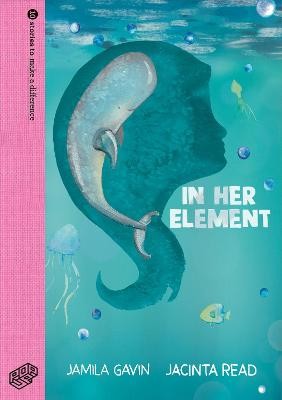
In her Element is now out.
Faced with a whole new life far away from home, Sophie finds it hard to make friends — until a shared passion for water helps someone else come to terms with their disability. In Her Element’s deep-dive into Sophie's world offers a rare opportunity for young readers to see through the eyes of a main character with cerebral palsy. Written by Jamila Gavin, this groundbreaking story awash with magic realism, beautifully rendered in watercolours by emerging illustrator Jacinta Read. In Her Element was edited by Liz Bankes and art directed by Tiffany Leeson at Farshore.
Pop Up Projects
10 Stories to Make a Difference is a collection of original illustrated stories published by children’s literature non-profit development agency Pop Up, which has been bringing books, schools and communities together for 10 years. Pop Up has collaborated with 20 writers and illustrators and a host of editing and design professionals from 12 publishers, and crowdsourced funding to ensure top quality editions. Design agency Baxter & Bailey has donated the 10 Stories to Make a Difference book design and branding. Pop Up’s website for schools will feature teaching resources on the books.
Pop Up Projects CIC is a non-profit national children’s literature development agency with a mission to transform lives through literature. For ten years Pop Up has been bringing literature to life for over 120,000 children, young people and families in schools and universities, communities and public spaces. They've provided 7,000 hours of author workshops and 58,000 books to schools, helped 180 young writers and illustrators from under-represented backgrounds into print, and through Pathways Into Children's Publishing are training a more diverse next generation of illustrators for careers in children's publishing.


